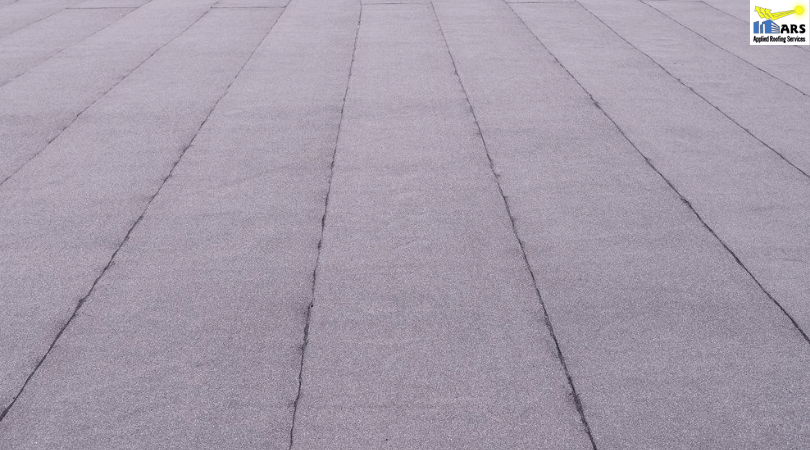


If you are looking for a long-lasting roofing system for your commercial building, consider Modified Bitumen Roof Systems. While being a great choice for flat or low-sloped roof structures, modified bitumen roofs also provide the same level of protection as built-up roofs.
Modified bitumen is an asphalt-based roofing system designed to withstand harsh weather conditions and harmful UV rays. It has two layers, that is, a base sheet and a cap sheet. The base sheet is mostly self-adhered to the roofing substrate, whereas the cap sheet is cold-adhered, torched down, or self-adhered.
Certain Tools Are Required to Install Self-Adhered Modified Bitumen Roofing Systems, Such As:
Also, when priming a long-handled (standing) roller in cold weather, use a hot air welder instead of a trowel unless instructed otherwise by the manufacturer’s guidelines.
Consider the client’s location, needs, and building code requirements. Generally, new building codes insist on the use of self-adhering products due to their environment-friendly installation. Self-adhered roofing systems can be quickly installed, even during working hours, with little disruption. Therefore, they can be installed in any commercial facility that prioritizes client comfort, including healthcare centers, schools, restaurants, offices, apartments, care centers, etc.
Modified Bitumen Roof System’s framework features a five-layer combination of roofing components. These are:
1. Insulation: Provides an “R” value (resistance to heat flow) for stabilizing the roof’s temperature
2. Adhesive: This can be hot or cold adhesive made of a bonding agent and waterproofing material
3. Modified Bitumen Membranes: Made of co-polymer with fiberglass or polyester reinforcements
4. Surfacing: Protects against weather-related damages and UV rays
Modified Base Sheets or Piles: Waterproof layers that make up the foundation for flat roofs
Modified bitumen roof systems made of fiberglass and polyester reinforcement layers are the best choice for low-slope roofs with high foot traffic, such as rooftop cafes.
Modified bitumen roofs have flexible roofing materials, helping them withstand temperature shifts, short-term force, or shock and expand and contract without losing their shape.
Being made of several layers of fiberglass mixed with polyester, modified bitumen roofs are capable of resisting water.
The top layer of the roof can be treated to include “cool roof” features, such as solar reflectance (to reflect sunlight) and thermal emission (to release absorbed heat). This may reduce your building’s cooling requirements, contributing to lower energy consumption.
If damaged or torn, bitumen patches can be used to quickly and efficiently repair the roof. Generally, low-slope roofing seals and flashing are prone to damage, but you can easily prevent such damage with professional installation and regular maintenance.
| Factors | Rolled Roofing | Modified Bitumen |
| Weight | Light-weight budget roofing material | Heavier roofing material |
| Life Expectancy | 6 to 10 years (with an average of 8 years) | 10 to 16 years |
| Installation | Usually face-nailed in place, with the nail heads being exposed and visible, making them prone to leaks | Fully adhered with a cold adhesive applied to the layer below the roof or secured in place by heating with a propane torch |
| Application | Suitable for porches, barns, and sheds, but not feasible for re-roofing a house or for a roof with a pitch below 2/12 | Suitable for any building with a minimum slope or flat roof structure |
Note that both roofing systems look similar from a distance, with tiny rock granules on their surface for UV protection.
Modified bitumen roof’s co-polymer roofing membranes help it withstand high and low temperatures, making it a robust commercial roofing system. Besides, it is a low-maintenance roofing system, so basic care and maintenance are sufficient to keep the roof in its best working condition. A modified bitumen roofing system is also versatile, as more polymer sheets can be added to enhance their elemental and physical durability.
A modified bitumen roof system is undoubtedly the best roofing system for commercial buildings due to its energy efficiency, flexibility, and weather-resistant capacity. When properly installed and maintained, a modified bitumen roof will be your building’s most durable and priceless asset. If you are looking for the best commercial roofing company in California for roofing maintenance services, contact Applied Roofing Services today at 714-632-8418 or get a quote online.